This month we are highlighting this post by Sean McDonald of telc Language Tests. Here he explains why not all tests are created equal.
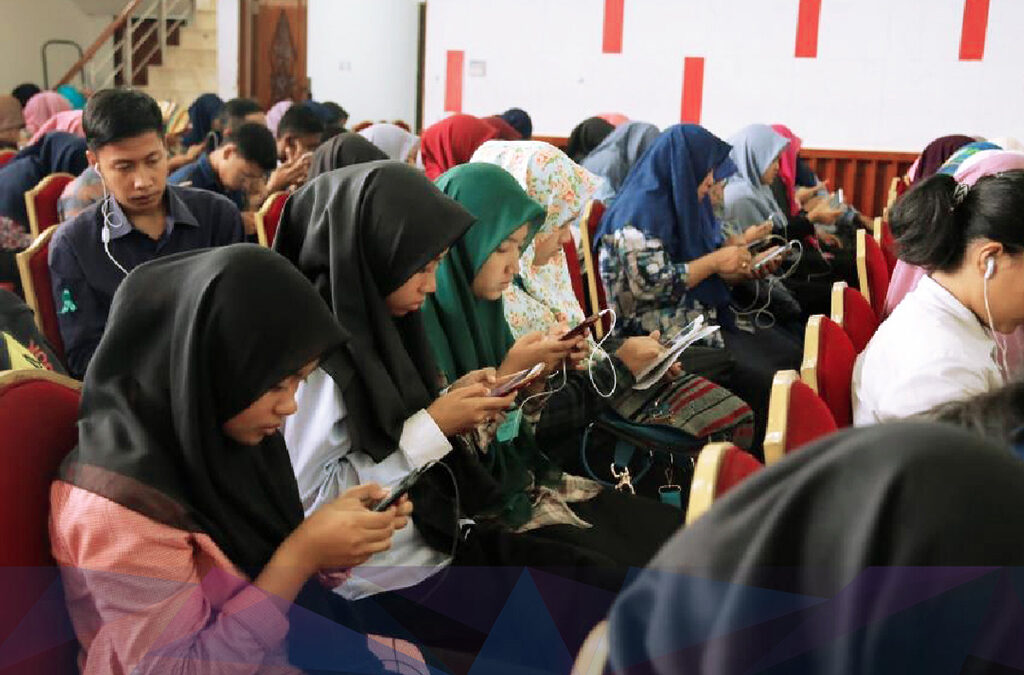

This month we are highlighting this post by Sean McDonald of telc Language Tests. Here he explains why not all tests are created equal.
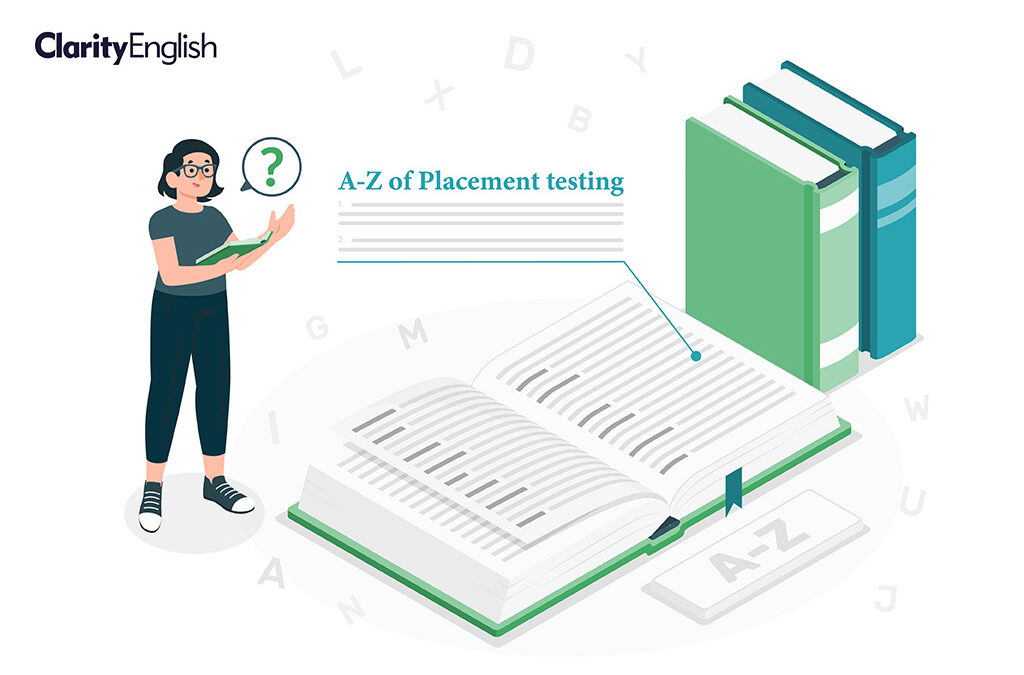
What is the difference between ‘accuracy’ and ‘reliability’? Learn ten key phrases in testing terminology.

The HOPES-LEB project aims to improve the chances for a better future for young people in Lebanon. Here’s how they do it.

A placement test score should be a fair representation of a candidate’s ability, not their cultural knowledge. Here are four steps test designers can take to ensure that.
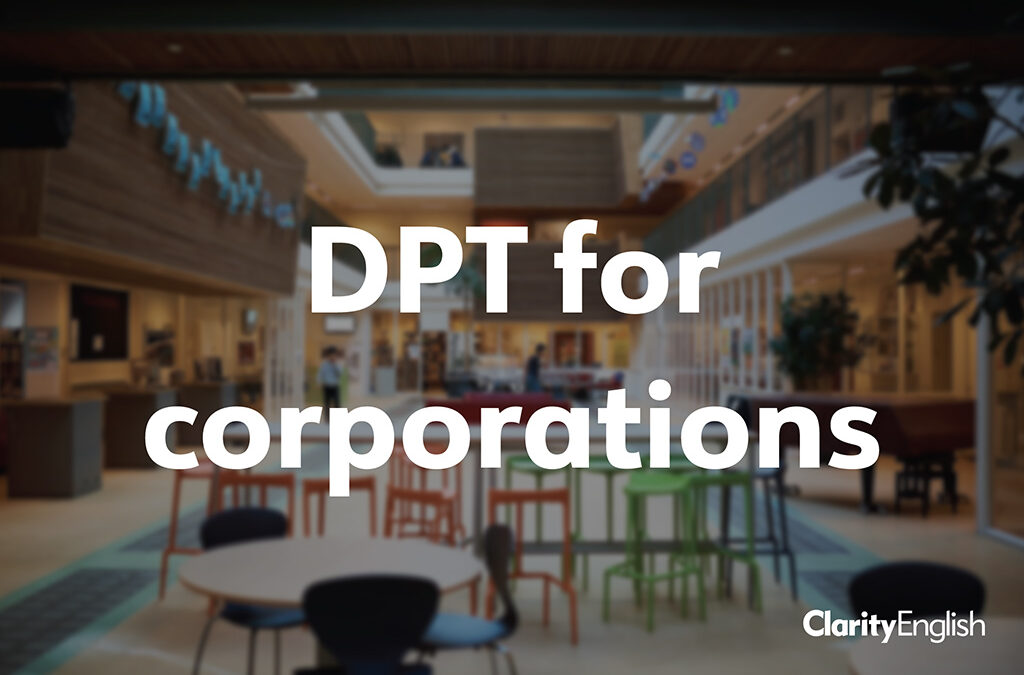
Whether you are recruiting 60 or 600 candidates, answer these three questions to choose the right placement test for your company’s needs.
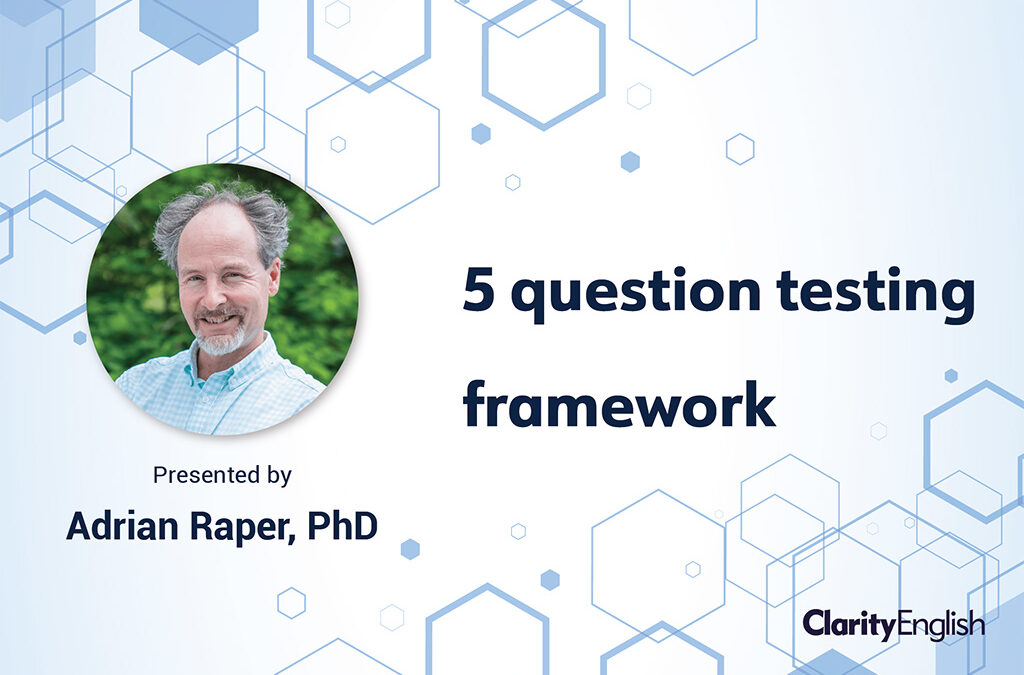
Running placement tests for a large cohort of new students can be time-consuming, costly and tedious. Dr Adrian Raper’s five-question framework makes it totally efficient. Test it here.

Online proctoring can help make remote assessment programmes more accessible and flexible. But what should you look for in a provider?
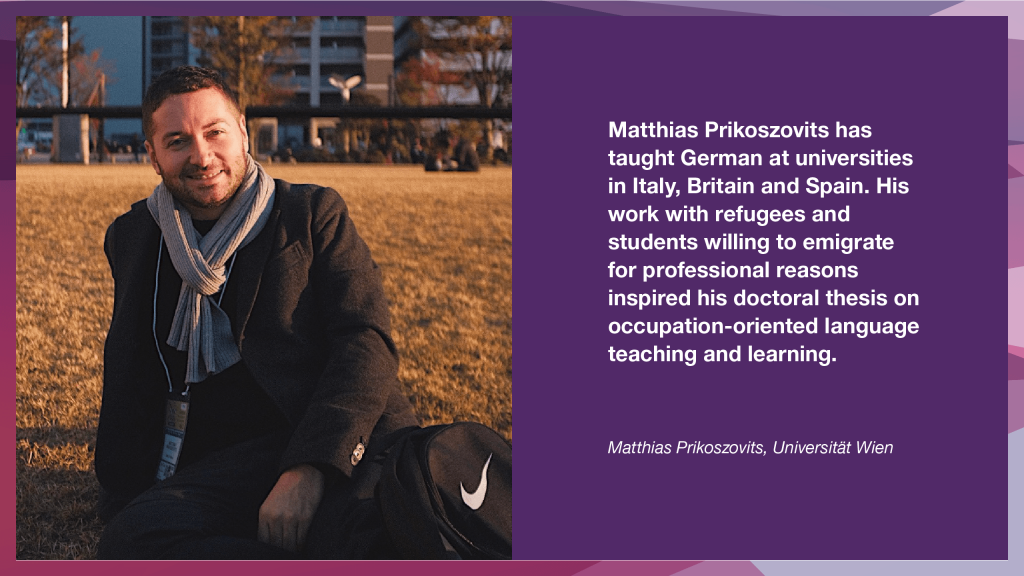
At JALT 2018, Matthias Prikoszovits (MP) from Universität Wien tells Sieon Lau (SL) about the importance of providing vocational experience, cultural knowledge and help on understanding legal language.
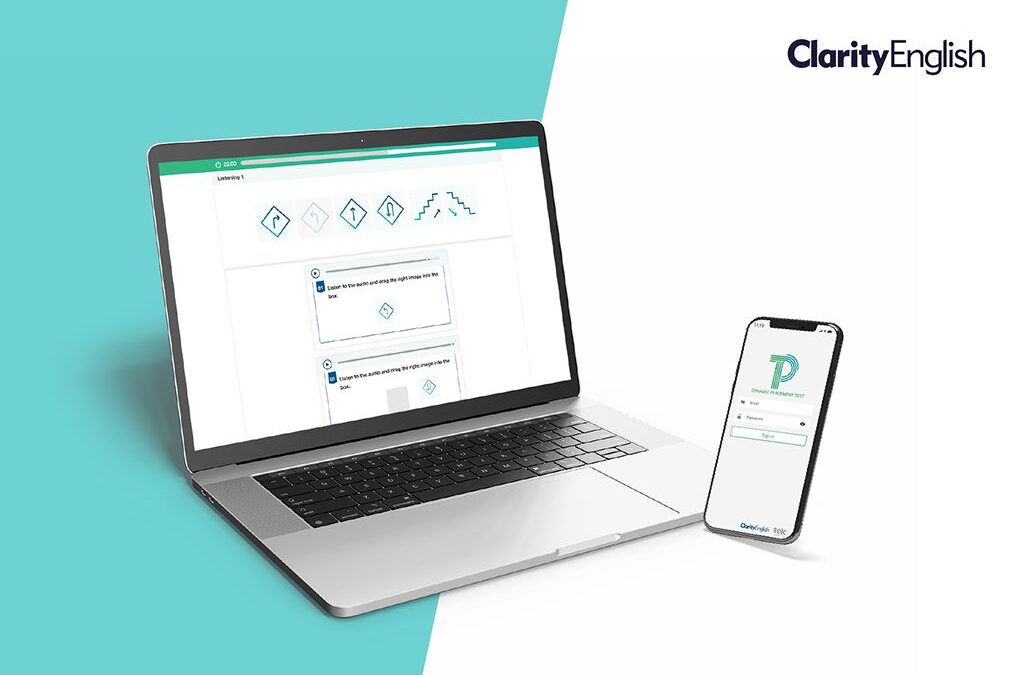
This case study describes the role of the Dynamic Placement Test in an international project to help young Syrian refugees enter higher education.
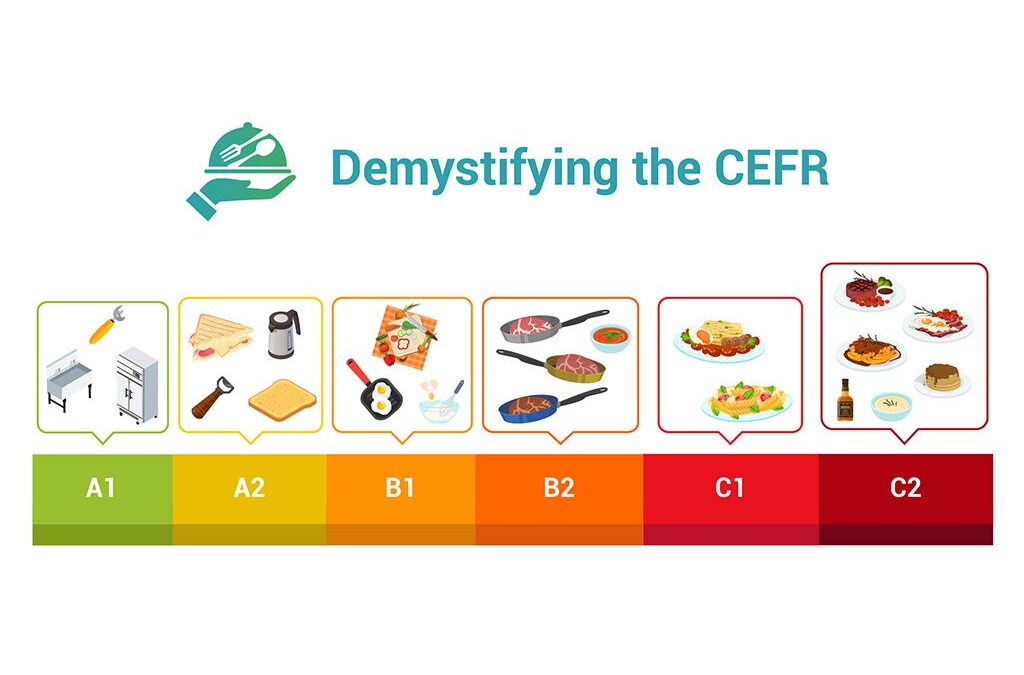
Andrew Stokes presents an ingenious technique for demystifying the CEFR. The idea, devised by Sean MacDonald of telc, is to compare it to cooking.